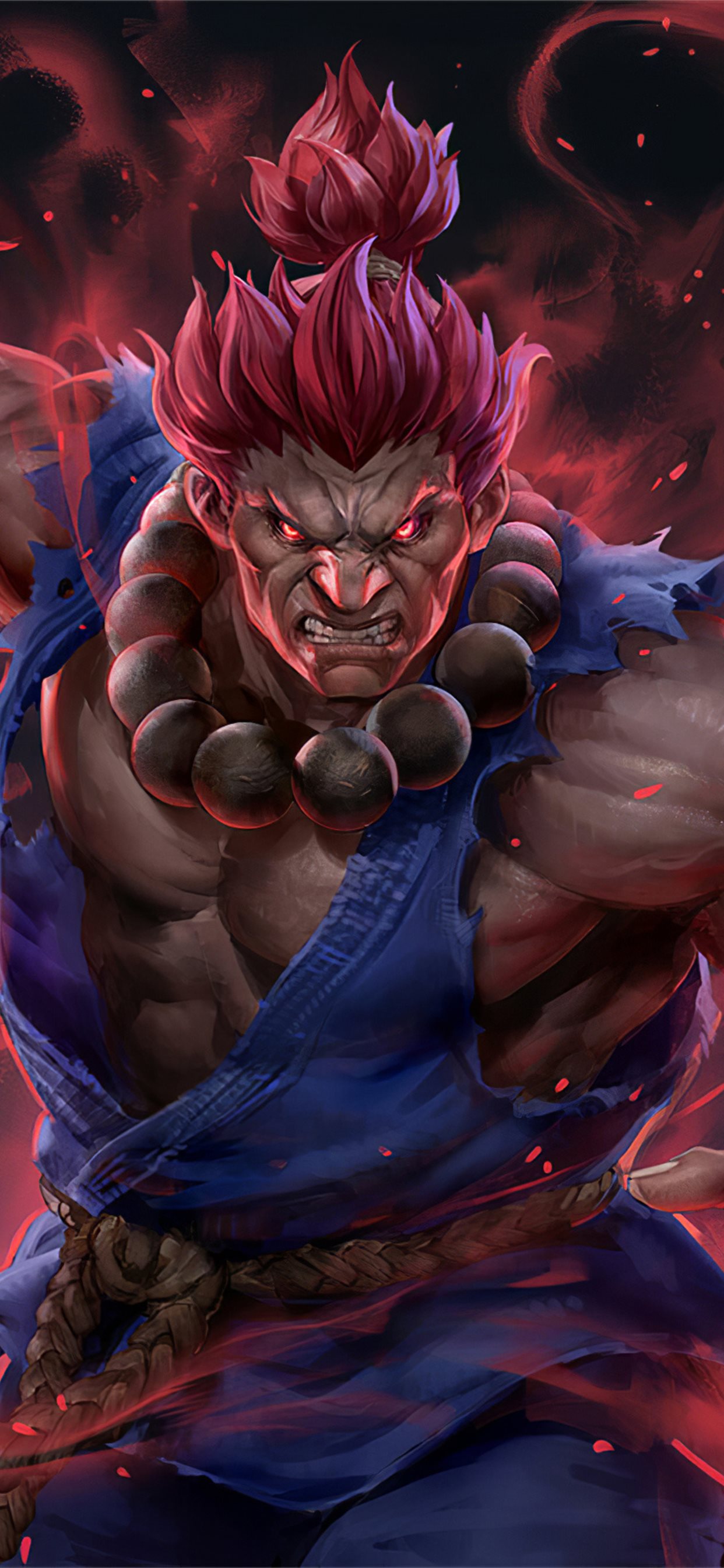


Switch will be hard to beat for convenience, but don't count on any of your opponents moving beyond Wi-Fi since you can't use Ethernet without an adapter. PlayStation 4 is the only console with Street Fighter V, which will likely be the tournament standard, so it will probably have the largest player base. When picking a platform to purchase, keep in mind the online play is not cross-platform, and your player pool will vary as such. When it works well it feels great, when it stutters it can be frustrating. Launch day is always a tricky time to evaluate netcode, but keep expectations in check. The netcode does appear to be using a rollback system (this is a good thing, read here to understand more) but there are some concerns that the implementation may have unnecessary frame dropping. There's no way to set connection preferences, so you're at the mercy of the game's matching system. It can be hit or miss-one time you get a smooth experience, the next it's something more stuttering. It's still too early to make a real call on the quality of the online play, but initial impressions are mixed. It's a little more pronounced than the scanlines, and it softens the pixelation more, but this option may be too intrusive for those who aren't used to the look of a CRT. The Arcade filter leaves off the scanlines and instead adds a shadow mask effect, simulating the RGB phosphors of an arcade monitor.
Ultra street fighter 4 fullscreen pc tv#
The TV filter adds a subtle scanline effect, softening the pixel edges some, while not making the picture appreciably darker. There are also two filters you can apply to bring back some of the feel of the original CRT screens these games were designed for. (Trivia note: Street Fighter III: Second Impact had an experimental widescreen mode in the arcade, it is intact in the collection and can be turned on for a non-stretched widescreen experience.) "Wide" stretches the image horizontally to fill your screen and should never be used. "Full" scales the image up to fill the vertical space, with a slightly fuzzier picture, but still looks good. The collection offers three display modes: "Original" uses integer scaling to give you perfectly square pixels, but leaves a border around all four sides (bezel art framing the game is on by default, but can be switched off for a black surround). The pause menu is available at any time, letting you switch games or characters, pull up nicely formatted special move info, or change your display options.Īs old arcade titles, these games are not exactly high resolution. It's easy to jump from game to game, making exploration pretty effortless. The interface is simple but gets the job done, and load times for the games and features are nearly instantaneous.

Ultra street fighter 4 fullscreen pc full#
A Museum mode contains galleries full of original sketches and concept art, an interactive timeline, bios for all of the game's characters, and a jukebox where you can play back all of the game soundtracks. The remaining titles are excellent games that still hold up very well from a gameplay perspective.Įach title is accompanied by a history of the game, detailing the original release date, hardware, trivia, and even secret codes to unlock extra characters or features. That number is padded a little by the various releases of Street Fighter II, or early game renditions that were surpassed by later versions such as Street Fighter Alpha 1, or Street Fighter III: New Generation, but completionists will appreciate their inclusion. This new collection features 12 games, from the original Street Fighter (1987) up to Street Fighter III: Third Strike (1999). Although not nearly as popular as the sequel that would follow, the original Street Fighter came out just over 30 years ago, complete with pressure-sensitive pads (which were switched to the familiar 6 button layout after people injured their hands from hitting the controls too hard). Street Fighter: 30th Anniversary Collection does right by one of the more enduring legacies of the arcade era, responsible in good part for the popularity of the fighting game genre. One year after Ultra Street Fighter II's pricey-and-thin cash-in on the Switch, the series' best arcade entries return in a giant, priced-right anthology for pretty much every major gaming platform-and so far, it's absolutely held up to my series-obsessed button mashing. This is how arcade-nostalgia compilations should be done.


 0 kommentar(er)
0 kommentar(er)
